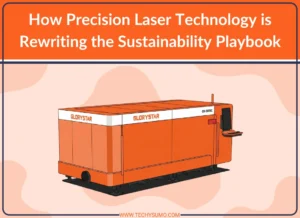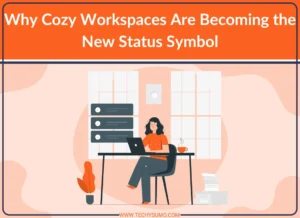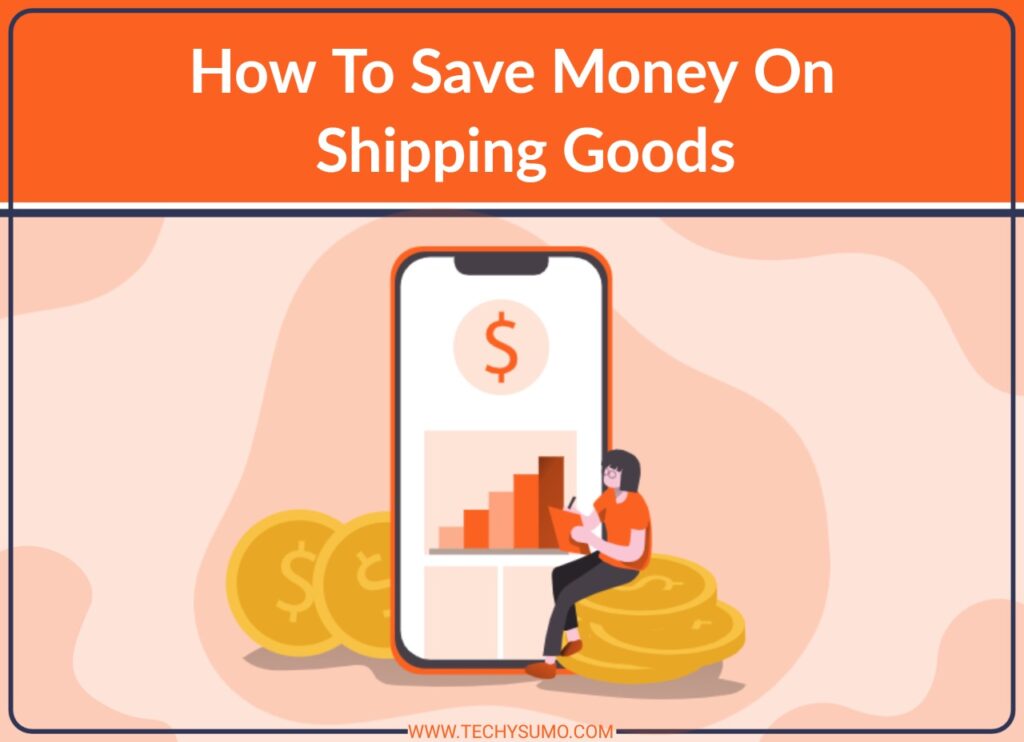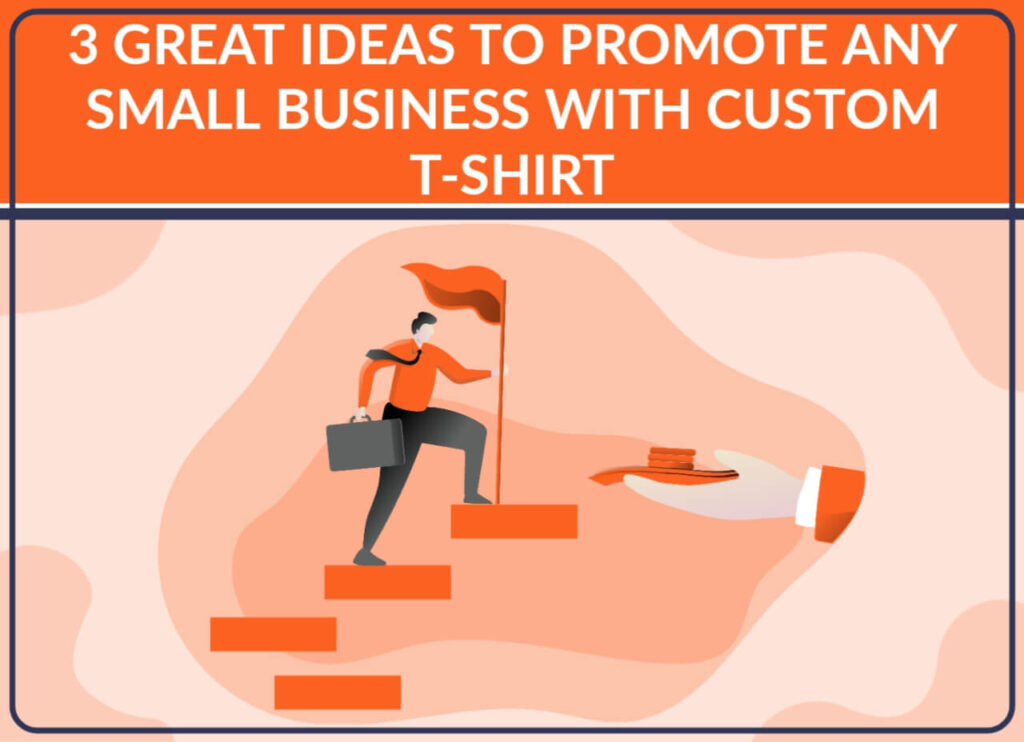The marketplace has undergone a series of major changes over the last few years.
While it’s normal to experience change, the rate at which we are seeing change has increased dramatically. New technologies are rapidly transforming every element of modern life, from how we spend our free time to how we handle work-related tasks.
Where once there was a concentrated locus of attention, now there are literally millions of different platforms and content creators, all vying for the attention of the masses.
From Youtube videos to blogs to self-published books, the average person has access to so much entertainment they can find niche content that resonates with them on a very deep level.
As a result, the way businesses operate has changed.
Table of Contents
Also Read
How Marketing Used to Work

Back in the day, marketing was arguably a much simpler endeavor.
There were a much smaller selection of platforms, mostly in the form of big TV channels and large publications like newspapers or magazines. A business looking to advertise just ran ads in the big platforms.
That isn’t to say there weren’t strategic decisions along the way. Companies would still need to consider the content of the advertisement, how frequently they advertised, and which of the major platforms they would use to advertise.
But comparatively, it was much easier. There wasn’t such a wide array of marketing opportunities, meaning that the marketing executives had much less to consider compared to the marketing landscape of today.
What’s Changed?
Today, there are an endless array of content producers. The internet has decentralized media, meaning anyone who wants to create is free to do so.
This is, on the whole, a positive development. There’s far more creativity and innovation, and the sheer breadth of creators means that there is more specific content available. People can connect with smaller audiences because they no longer need to appeal to a huge number of people to be successful.
But this development has also changed the way money flows through the market.
With the decentralization of content production, there is now enormous competition for content creators. If someone has an idea for a blog or YouTube channel, they can freely start it up and begin creating content. The problem is, so can everybody else.
There are thousands of people competing for the same eyes. The market is incredibly saturated with content.
The Attention Economy
This phenomenon has led to what we call “the attention economy”.
Once there was a much more select group of products and platforms. This meant that the perceived quality of the products more heavily influenced consumer choice. If you only have 3 different sodas to choose from, you’ll likely pick the one that tastes the best.
Now, there are thousands of options in every category, many of which are of equal quality. As a result, the main differentiator has become the success of marketing campaigns.
But marketing campaigns have more options as well. Brands can make use of traditional marketing, SEO, influencer and social media marketing, and endless other avenues to get their products in front of the right audience.
Businesses go where their audiences are most likely to see their products and services. If they pick the right places, they can stand out against the sea of competition.
This means that attention is the most vital resource on the market. Brands definitely still need to create quality products and make strong advertisements and marketing materials, but none of that matters if nobody knows about it.
As a result, attention has become an extremely valuable resource in and of itself.
What This Means for Entrepreneurs

While the attention economy might seem confusing and hard to maneuver, it’s full of opportunities for those who take the time to figure it out. Entrepreneurial types can make money in more ways than ever.
The first way you can use the attention economy to your advantage is by understanding your audience and leveraging. The many different platforms they inhabit to grow your brand.
If you’re interested in starting a traditional business that sells products, you can quickly grow by understanding who you’re trying to reach. From there, all you have to do is home in on the content they’re most likely consuming.
By hitting your niche where they’re already collected, you can rapidly boost your sales without spending tons of money to reach an audience that isn’t a good fit for your products.
The second opportunity for entrepreneurs is to create content themselves.
With so many open platforms, you can start creating content and build an audience without having to rely on anybody else.
Once you have this audience, you can either market your own products or services to them, or get paid by other companies to advertise their products. Either way, you have the chance to turn your creativity into a thriving business of its own.






